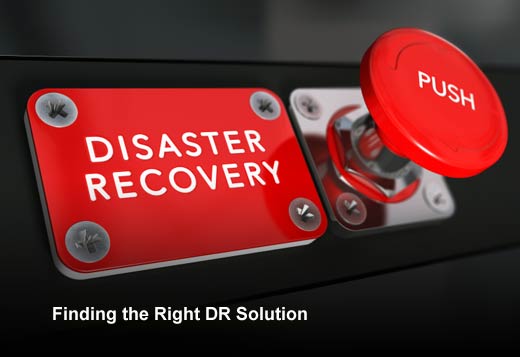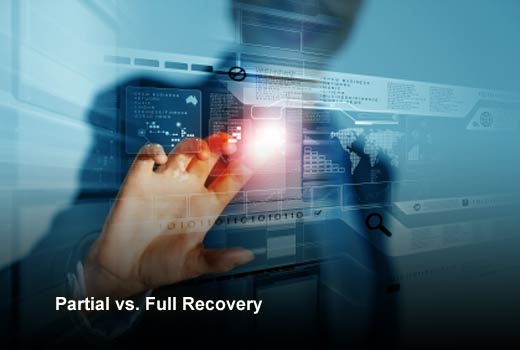For many companies, disaster recovery (DR) is still a mystery. Many of those companies probably say, “I back up, so why do I need disaster recovery” or “That sounds complex and costly, why bother.” But when it comes down to it, today’s enterprises are facing an exponential growth in data and applications that must be managed and protected. Cost and complexity force many organizations to settle for backup solutions, simply ignoring the fact that what they really need is comprehensive – but accessible – disaster recovery.
The reality is, there are DR solutions that can be initiated over a lunch hour — they can be installed in 30 minutes and can begin protecting applications and data within 60 minutes. The same solutions can deliver disaster recovery at 50 to 75 percent lower total cost than any other solution available today.
So your enterprise wants to explore a disaster recovery program. Where do you start and who takes the lead? How do you sell it to the powers that be? Marc Crespi, CEO of OneCloud Software, has outlined five tips to consider when looking for the right DR plan for your business.

Finding the Right DR Solution
Click through for five tips to consider when looking for the right DR plan for your business, as identified by Marc Crespi, CEO of OneCloud Software.

Partial vs. Full Recovery
Determine the type of scenarios for which you are preparing.
Most “disasters” are not disasters at all but are partial outages within a data center. The complete loss of a data center is an unlikely but catastrophic event. Are you preparing for both? If in fact you lost your entire data center, would your potential DR plan even work? It is critical to really understand which case you want to cover and at what cost.

Prioritize Applications
Classify your applications by priority. Determine objectives.
Before limiting yourself by looking at technologies, look at your applications through a business lens. How long can the business go without email? Or your customer database? Or your HR system? How much data, if any, can you afford to lose if you have to fail over to another site?

Cost vs. Downtime
Clearly communicate to the business the cost of options versus cost of downtime.
Very often, groups within a company that are not part of IT vastly underestimate what DR actually costs. It is important to have a dialogue about the various options for key applications and compare that against the “costs” of potential downtime. By having this tug of war, IT can ensure that the business goals align with the potential costs of any DR strategy.

Emerging Technologies
Do not ignore emerging technologies like the public cloud.
It was not that long ago that virtualization was a new technology. Now, the vast majority of data centers are significantly virtualized. As a side effect, this opens up new options for DR planning. The same is true of other emerging technologies. The public cloud presents potentially exciting options for DR that have never existed before.

Build vs. Buy
Make a build versus buy analysis. Do you use a managed service provider (MSP)?
Though critical, DR is often not the core function of an IT organization. Therefore, it is a good candidate for potential outsourcing to a provider that specializes in DR. By doing this, you can better utilize your precious IT resources on initiatives that drive top-line growth, competitiveness, and customer loyalty. And MSPs are naturally motivated to provide DR in the simplest and most cost-effective way.














